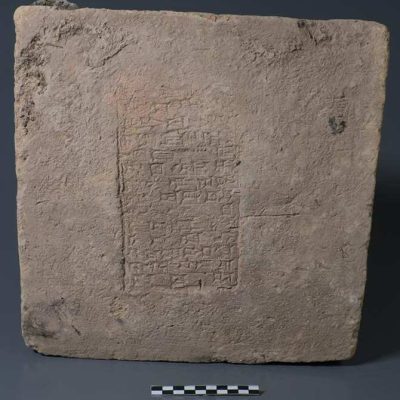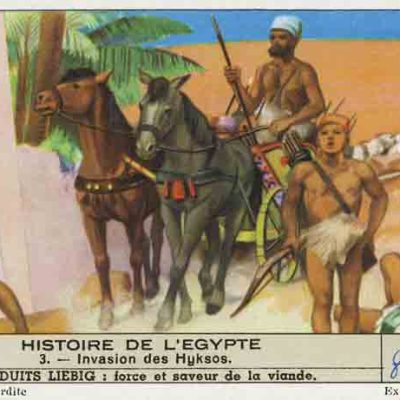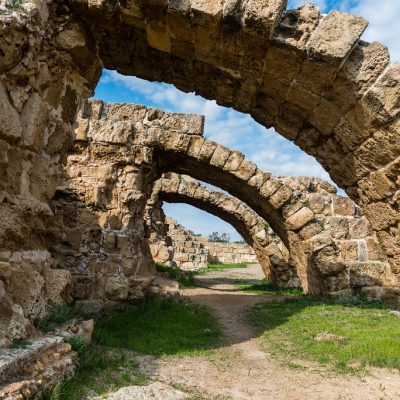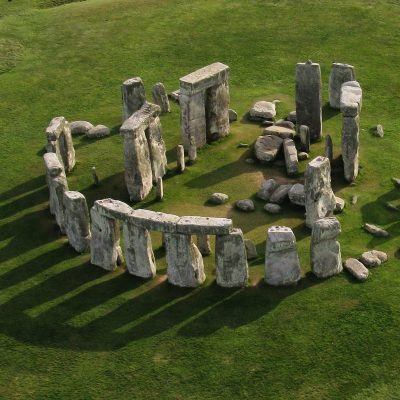Groundbreaking 3D technology has allowed researchers to reconstruct the faces of people who lived in Scotland between the 12th and 14th centuries. In 1957, three stone coffins were accidentally discovered at a medieval crypt in the Scottish village of Whithorn. Over the next decade, archaeologists examined the site and found numerous other graves with intricate artifacts and human bones. Whithorn is still considered one of the most important excavation sites in Scotland and the birthplace of Scottish Christianity. As part of the Cold Case Whithorn Project, researchers from the University of Bradford, led by Dr. Chris Rynn, have used the latest 3D technology to reconstruct the faces of three people from the Middle Ages.
The archaeological finds show that the three individuals were residents of Wigtownshire County with high social status. They were all connected to monastic life and were buried in the cemetery of Whithorn Priory between the 12th and 14th centuries. The remains of a man were identified as Bishop Walter, a historically recorded person who lived in the early 13th century and was a household employee of the Lord of Galloway before his ordination. The bishop was buried fully clothed and with valuables, including a gold ring with rubies and emeralds. The remains of the second man also belonged to a cleric, but his position in the church is unclear. The researchers did not find any valuables in his grave, but he was buried next to members of high social status. They also discovered a woman buried on a bed of shells, which was typical for pilgrims in the Middle Ages. It is likely that she died during a pilgrimage to Whithorn Priory.
To reconstruct the faces, Adrian Evans, an archaeological scientist at the University of Bradford, first created a 3D scan of the skull. Dr. Chris Rynn then reconstructed the faces of the deceased as realistically as possible, using soft tissue depths in the face, individually shaped muscles that fit each skull, and scientific methods to estimate facial features such as eyes, nose, mouth, and ears based on skull morphology. This groundbreaking technology provides a glimpse into the lives of people who lived centuries ago and helps us understand the history of Scotland.










